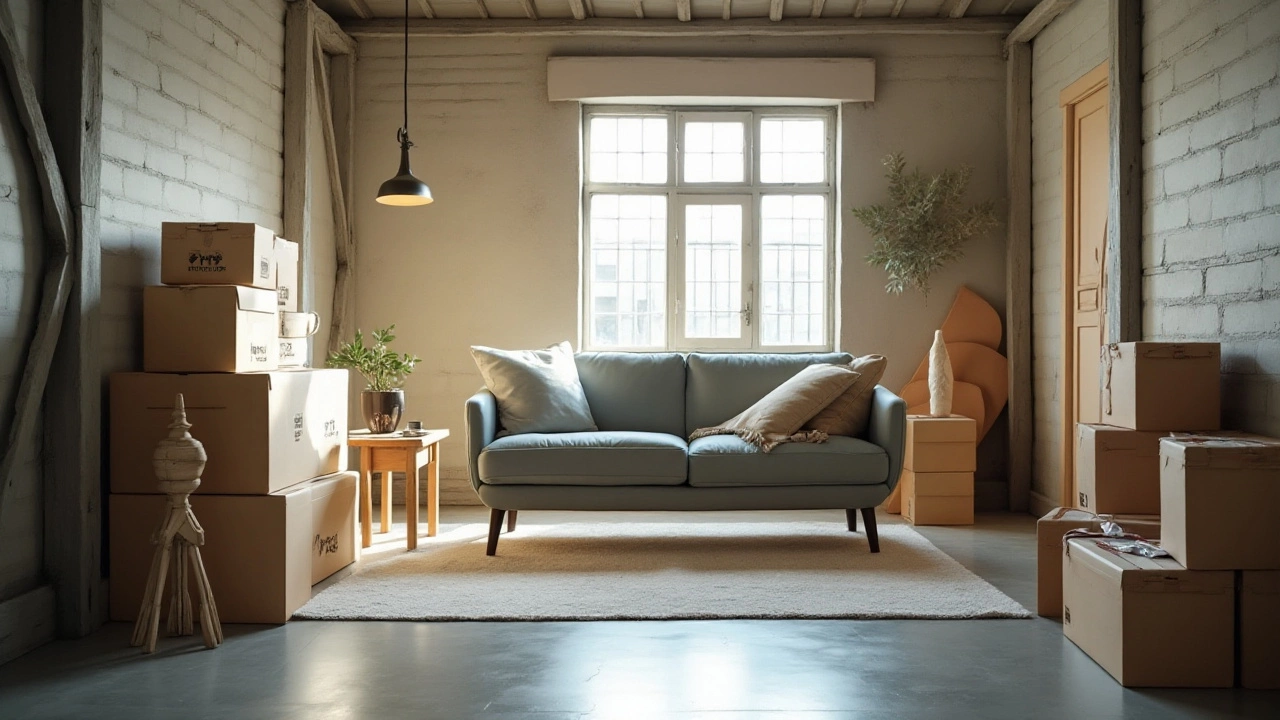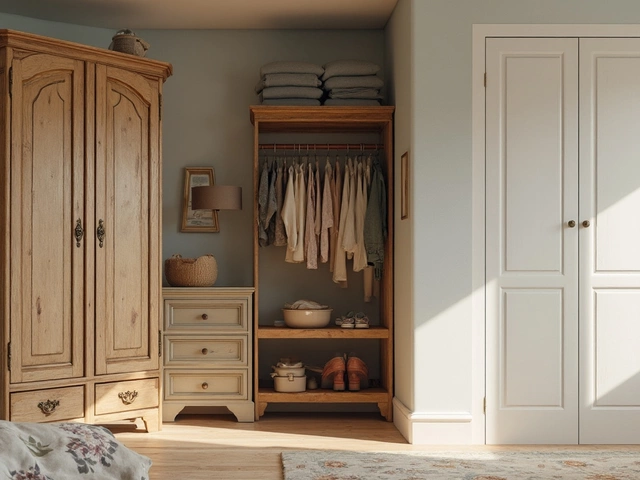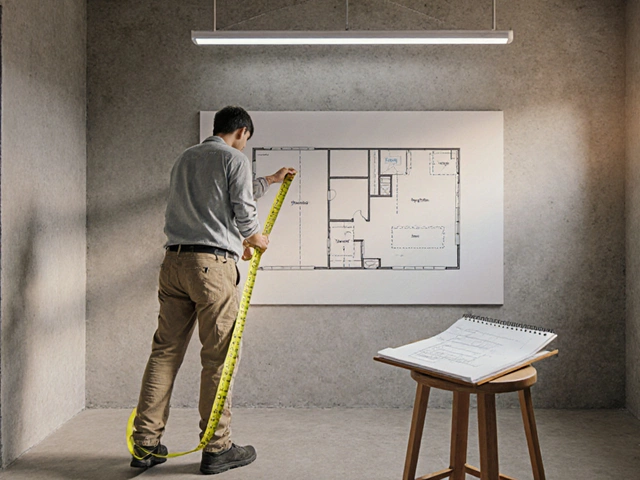Have you ever stood in front of a 10x10 storage unit, glanced back at your couch, and wondered if the two could ever be a perfect match? Storage spaces often seem like a great idea until you’re trying to fit in your prized possessions. For city dwellers and those transitioning between homes, understanding the logistics of storage can be crucial.
A standard 10x10 storage unit might sound roomy, accommodating roughly 800 cubic feet of your belongings, but what does that actually mean for fitting a couch inside? With careful measurements and a bit of creative thinking, it’s more than possible to make your couch fit snugly in a storage unit of this size without compromising on safety or accessibility.
Here, we break down the essentials of couch storage. From knowing how to prep and protect your couch for extended stays to utilizing every inch of your storage unit creatively, these tips are geared to help you make the most of your space. Who knows? You might even discover space to spare for other essentials or even those knick-knacks that just can’t part with.
- Understanding Couch Dimensions and Storage Space
- Tips for Preparing Your Couch for Storage
- Maximizing Space in a 10x10 Unit
- Creative Uses for Remaining Space
Understanding Couch Dimensions and Storage Space
When it comes to fitting furniture into a storage unit, the first step is to really understand the size and space you're working with. A standard 10x10 storage unit offers up to 100 square feet of floor space, which might seem spacious at first glance. However, with a ceiling height averaging between 8 to 10 feet, it's crucial to think in terms of volume rather than just floor space. To maximize this space, it's important to have an accurate measurement of your couch dimensions. Write down the length, width, and height of your sofa, including any unique features like rolled arms or removable legs that might affect the total space they occupy.
Most standard sofas range from 6 to 8 feet in length, about 35 inches in depth, and usually around 30 to 36 inches in height. Sectional sofas or those with deeper seats might be larger, eating into your unit's valuable real estate. A quick tip is that if your couch's cushions are removable, take them off and pack them separately, affording more flexibility in how the couch can be stored. This technique not only saves space but also helps in protecting these cushions from damage over time.
A professional in the field once commented, "When storing a couch, think Tetris. Every piece should have its fit and purpose, much like a perfect block in the game."
Besides the actual size of the couch, think about the shape. A narrow, long sofa might occupy the least cubic feet if stored upright, giving you more space for other items. Wrapping it in a protective cover or plastic will not only protect it from dust and mildew but can also make handling easier. This is especially useful when space is tight, and you have to maneuver around.
Besides just making room for the couch, consider leaving a little breathing space around it. This gap not only provides easy access if you need something out of your stored items, but it also allows for airflow, minimizing the risk of mildew build-up. Remember, stuffing your unit to the brim can sometimes cause more harm than good, particularly if you need to retrieve stored items periodically.
Here's a handy tip: consider sketching a layout or using a digital tool to theorize your optimal arrangement of items inside the unit. This gives you a visual plan and helps avoid the trial and error of physical rearrangement. By planning, you'll save time, reduce the risk of damage, and make the most out of your storage unit. A comprehensive understanding of these dimensions and how to creatively manage them is your first step toward efficient space utilization.
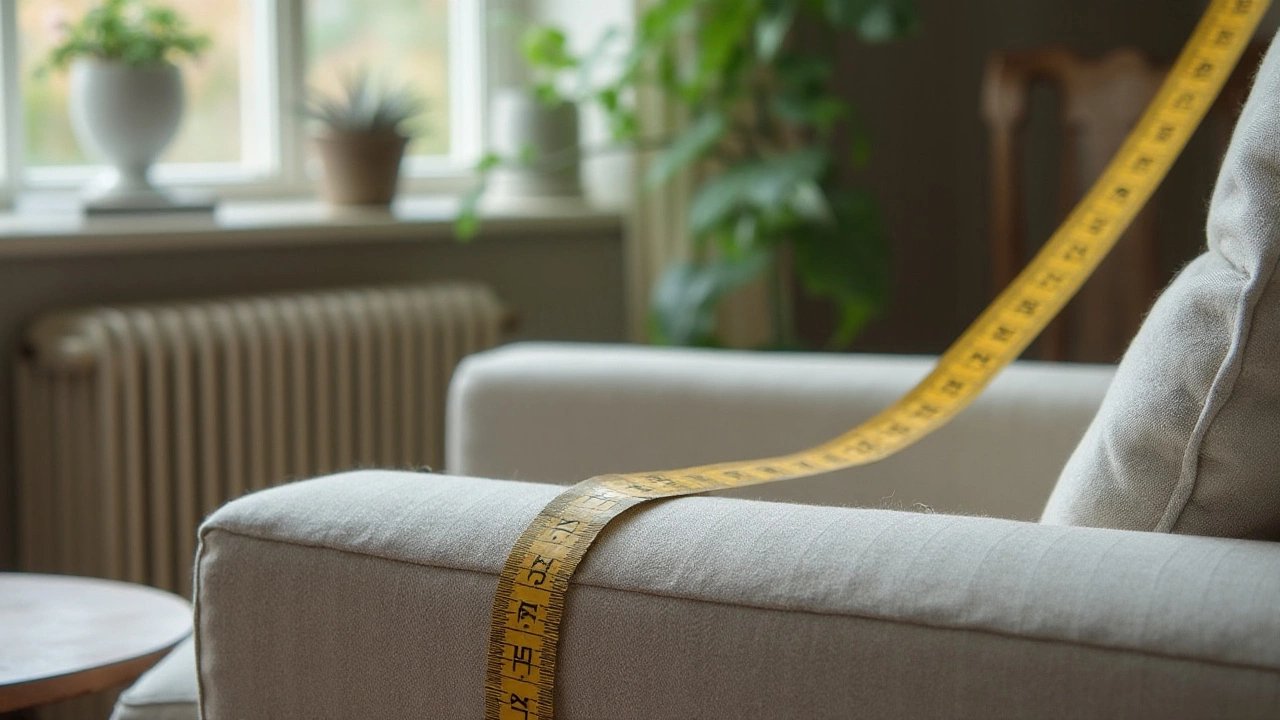
Tips for Preparing Your Couch for Storage
Ensuring your couch emerges from storage in pristine condition requires more than just a hefty heave into a storage unit. Proper preparation makes all the difference, protecting your investment from potential damage during its stay. Before you begin, assess the materials of your couch—whether leather, fabric, or microfiber—as each demands its own touch of care. Start by thoroughly cleaning your couch. Dust, dirt, and crumbs can settle into folds and crevices, so use a vacuum with an upholstery attachment for comprehensive cleaning. If your couch has slipcovers, wash these according to their care instructions. For leather pieces, find a suitable leather cleaner to wipe away stains and condition the material, thereby preventing cracks and preserving its luster.
Cushions should be removed, cleaned, and stored separately, creating additional space within your storage furniture configuration and allowing for better stacking and arrangements. Placing cushions in breathable bags prevents mustiness—a small, but critical detail. The next step involves disassembling your couch if possible. Many couches come apart at the arms and legs; reducing the couch’s size adds flexibility to your storage options and helps avoid awkward angles that might damage the structure. Wrap each disassembled piece with furniture blankets or moving pads. This extra layer of defense shields against scratches and helps cushion any accidental knocks.
For fabric couches, consider using a plastic wrap that’s breathable, avoiding standard plastic that can trap moisture and lead to mildew. Talking about moisture, it is worth investing in moisture absorbers or silica gels, which are handy tools to maintain a dry atmosphere inside your storage unit. An effective preparation process also includes labeling each component and part. Such labeling is not just a matter of convenience; it’s a time-saver that streamlines the reassembly process when you retrieve your couch. As Benjamin Franklin purportedly once advised, "An ounce of prevention is worth a pound of cure." This certainly holds true when preparing your belongings for storage.
Make sure to plan the positioning of your couch within the storage space thoughtfully. Place the couch on top of a wooden pallet. The elevation prevents direct contact with the floor and acts as a barrier against unexpected moisture. When in doubt, consult professional movers—and if possible, get hands-on tips from storage facility managers. They often have insights honed from years of observing successful storage techniques. Preparing a couch for storage might take an afternoon of work, but the peace of mind and preservation of your furniture are well worth the investment. Remember, targeted preparation translates into prolonged couch life, and that’s a return everyone can appreciate.
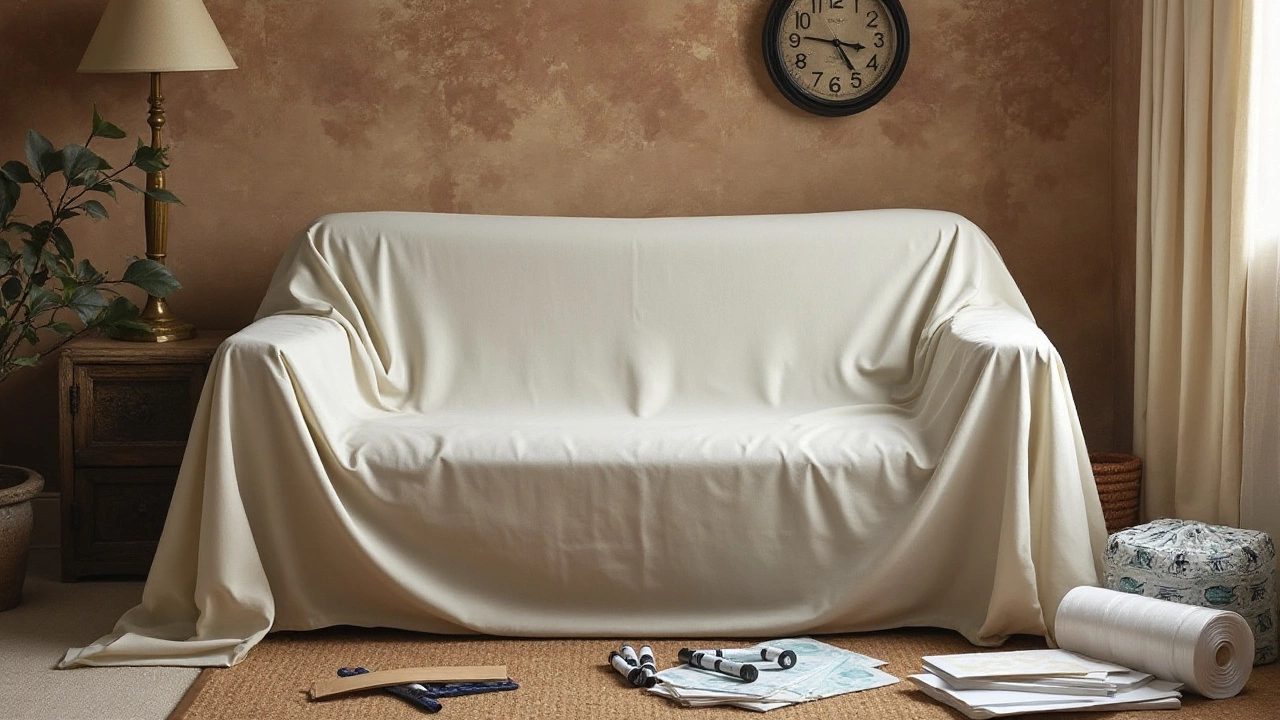
Maximizing Space in a 10x10 Unit
Optimizing space in a 10x10 storage unit is less about squeezing in your belongings and more about smartly orchestrating them. Think of it as a 3D puzzle where creativity and foresight converge to make the most of every cubic inch. First, it’s crucial to understand how much your storage unit can handle. A 10x10 unit can typically accommodate the contents of a one-bedroom apartment, so it’s not just the square footage that matters, but also the vertical space. Make sure to utilize the full height, especially when storing large furniture like a couch. Consider placing heavier items at the bottom and lighter ones on top to prevent any unfortunate collapses.
Before tackling the arrangement, prepare your items appropriately. Disassembling your couch, if possible, can save a tremendous amount of space. Take off the legs, separate the cushions, and possibly remove any detachable sections. This not only helps in snugging it perfectly into the unit but also makes it easier to blanket-wrap or cover in plastic to protect against dust and moisture. If space permits, you could stand a couch on its end, thereby utilizing the vertical height more efficiently and freeing up floor space for things like boxes or smaller furniture.
The art of clever stacking is another part of mastering your unit. Use uniform size boxes as they stack better and create a more stable tower, allowing you to use the space up to the ceiling. Keep a balance between accessibility and compactness by creating a ‘tunnel’ approach with a narrow path leading through the middle of your items. This design concept ensures you can move around your storage furniture without having to constantly shuffle things around. Always label your boxes clearly, indicating contents and any special handling instructions to avoid a lot of reshuffling.
"Good organization is not about perfection; it’s about efficiency, reducing stress and clutter, saving time and money, and improving your overall quality of life." - Christie Carter
Consider installing removable shelving units to maximize vertical space effectively. This solution is particularly useful if you’re storing a variety of smaller items alongside the larger pieces like a couch. Investing in shelving might require a bit of upfront cost, but the return in increased navigability and order is worth it. Also, protect fragile items by storing them within sturdy boxes and placing those boxes on top—preferably in a closet or wardrobe carton, which tends to use space efficiently.
Remember, the key to a well-organized storage unit is consistent foresight. Keep a master list of what's stored where—this can be as simple as a notebook entry or a digital map of your unit layout. A spreadsheet might help elaborate on specific locations within the storage unit, categorizing them by row and column for larger spaces. Lastly, make it a habit to check on your unit occasionally, ensuring no surveillance for unwanted moisture or pest problems that might compromise your belongings.
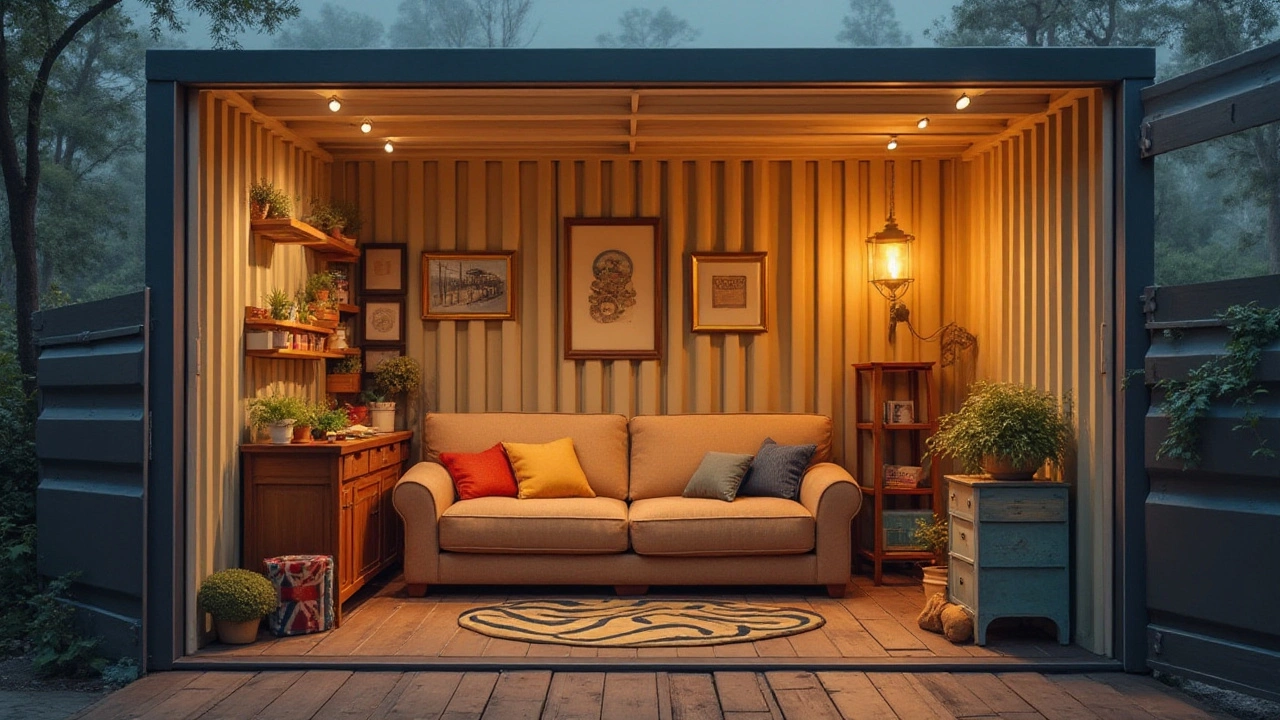
Creative Uses for Remaining Space
After skillfully managing to fit your beloved couch into a 10x10 storage unit, you might find yourself staring at the leftover nooks and crannies, pondering how best to utilize them. Such units, while compact, offer ample opportunities for creative storage solutions that ensure you make the most of every square foot. The key to unlocking potential lies in smart organization and multi-purpose usage. Instead of haphazardly stacking boxes, envision a mini Tetris game where each item finds its ideal spot.
Start by considering the vertical space. Many underestimate how much they can fit by simply stacking upwards. By investing in durable shelving units, you gain additional layers to store belongings, from boxes of seasonal clothes to stacks of books. Adding shelves is like opening a new chapter in maximizing any space, as these tiers allow you to avoid piles on the floor that can damage the base of your furniture. Secure items tightly, particularly if you're storing fragile objects, and keep the heavy ones lower for stability.
For those with a knack for organization, clearly labeled clear plastic bins can transform chaos into methodical order. These bins allow you to see their contents without opening them, saving you the hassle of sorting through boxes whenever you need something. You'd be surprised how much you can fit in a storage unit once chaos turns to order. Remember, not all items have to be boxed individually; consider consolidating similar items to save even more space.
Marie Kondo, an organizing consultant noted, "Holding onto clutter has a way of taking up more space in your mind than the object does in your room."
For those interested in versatility, consider using the unit for more than just storage. It can be an opportunity to briefly explore alternative purposes such as a practice area, depending on the unit's regulations. Say you're a musician looking for a place to set up extra equipment or an artist needing a spot to stash canvases and supplies. A well-organized space leaves room for practical yet creative flexibility.
Also, think about seasonal items and how best to rotate them within the space. Using the rotation method, keep items you won't regularly access, such as holiday decorations or off-season equipment, towards the back, leaving frequently needed items at the front. This simple yet effective trick saves time and energy when accessing your storage unit throughout the year. And if your unit doesn't have climate control, ensure the most sensitive items are enclosed in protective coverings to avoid damage from temperature fluctuations.
